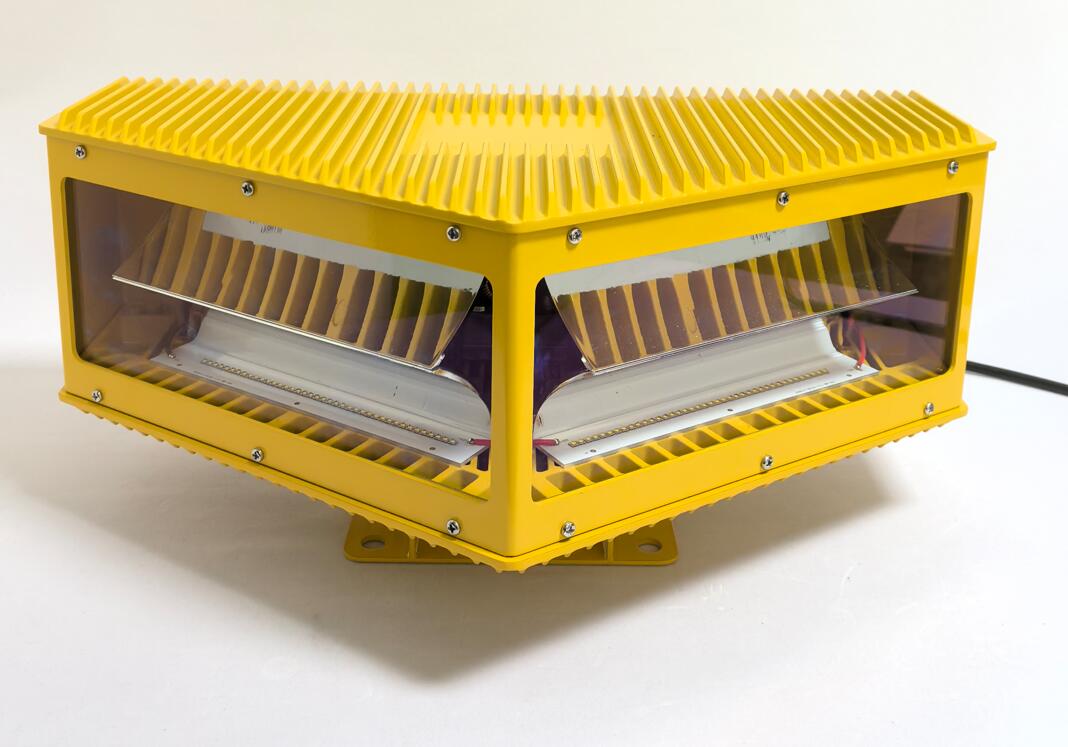High Intensity Obstacle Lights: Safeguarding Skies Above Tall Structures
As urban landscapes reach ever-greater heights and aviation traffic continues to expand, visibility becomes a non-negotiable safety requirement. Standing tall among these safety measures are high intensity obstacle lights—advanced lighting systems designed to warn pilots of towering obstructions like communication towers, skyscrapers, chimneys, and wind turbines. These lights are not merely accessories; they are critical elements in preserving airspace safety across all conditions, day and night.
Understanding High Intensity Obstacle Lights
High intensity obstacle lights are aviation warning lights used on structures that exceed specific height thresholds, typically those over 150 meters, depending on local aviation regulations. They are engineered to provide maximum visibility to pilots, especially during poor weather or low visibility conditions such as fog, haze, or heavy rain.
These systems emit intense, controlled flashes of white light that can be seen from significant distances. Unlike medium- or low-intensity lights, high intensity systems operate at higher candela levels and are often required to function in synchronized patterns to alert aircraft well in advance of the potential hazard.

Core Features and Performance Standards
A compliant high intensity obstacle light system includes several key features:
High Candela Output: These lights must produce sufficient brightness to ensure visibility during both day and night operations. The intensity adjusts automatically based on ambient light levels, offering full brightness during daylight and reduced intensity after dark to minimize light pollution.
Flash Patterns: The lights operate in specific flash sequences dictated by regulatory authorities, typically around 40 flashes per minute. These patterns are designed to catch pilot attention without causing disorientation.
| High intensity obstacle light |
Synchronization: When multiple lights are used on a single structure or over a span of tall objects, synchronization ensures a unified flash pattern, improving recognition and minimizing visual confusion.
Regulatory bodies such as the FAA, ICAO, and EASA establish strict standards for high intensity obstacle lights, ensuring they function relialy under all conditions and provide consistent, predictable warnings to aircraft.
Day and Night Protection
One of the defining attributes of high intensity obstacle lights is their 24-hour operation. During the day, when visibility might seem adequate, bright sunlight and haze can obscure the outlines of tall structures. These lights cut through those conditions, emitting bright white flashes that ensure structures remain visible regardless of natural lighting conditions.
At night, when visual references are limited, obstacle lights adjust their intensity to remain visible without overwhelming the surrounding environment. Advanced models automatically transition between day, twilight, and night modes using built-in light sensors.
| High intensity obstacle lights |
Applications Across Critical Infrastructure
High intensity obstacle lights are not limited to a single industry or structure type. Their versatility and regulatory importance make them essential across multiple sectors:
Telecommunication Towers: Frequently exceeding 200 meters, these towers are among the most common applications for high intensity lighting, especially in rural or mountainous areas.
High-Rise Buildings: Urban developments often include skyscrapers and mixed-use towers that must be visible to aircraft operating near city airports.
Industrial Chimneys and Stacks: Power plants and factories use obstacle lights to mark stacks that extend into regulated airspace.
Wind Farms: Tall wind turbines, especially in clusters, require synchronized obstacle lighting to protect passing aircraft.
Cranes and Construction Equipment: During large-scale construction projects, temporary high intensity lights are used to mark cranes and scaffolding that extend into flight paths.
Environmental and Operational Considerations
While high intensity obstacle lights are essential for safety, they also must balance environmental and community concerns. Light pollution and nighttime glare can affect nearby residents and wildlife. To mitigate this, modern systems are designed with:
Adjustable Intensity Levels: Reducing brightness during nighttime helps lower environmental impact without compromising safety.
Directional Beam Control: LEDs and lenses are engineered to direct light only where it’s needed, minimizing horizontal or upward light spillage.
Low Maintenance Design: With solid-state technology, these lights operate reliably for extended periods and require minimal intervention, even in remote locations.
These features help integrate safety systems into urban and rural environments with reduced ecological and visual disruption.
LED Technology in High Intensity Obstacle Lights
Traditional xenon-based systems are gradually being replaced by LED-based high intensity obstacle lights. LEDs offer several significant advantages:
Energy Efficiency: Lower power consumption reduces the environmental footprint of continuous operation.
Long Lifespan: LEDs drastically cut down on replacement frequency, particularly beneficial for lights installed at inaccessible heights.
Instant Illumination: LEDs achieve full brightness immediately, ensuring consistent performance during rapid changes in environmental light levels.
LED systems also allow for intelligent control, diagnostics, and monitoring—features that improve long-term safety and reduce the need for physical inspections.
Integration with Smart Monitoring Systems
Modern high intensity obstacle lights are often integrated with remote monitoring platforms. These systems provide real-time alerts for faults, power loss, or irregular flash patterns. Integration with aviation obstacle databases and airport systems ensures that lighting status can be verified during flight planning or real-time operations.
This intelligent connectivity supports preventive maintenance, faster response times, and a centralized overview of all marked structures across an operator’s portfolio.
Future Trends and Innovations
Looking ahead, the evolution of high intensity obstacle lights will continue to align with aviation modernization, environmental awareness, and smart infrastructure. Emerging trends include:
Autonomous Self-Diagnostics: Systems that identify faults before they result in failures.
Solar-Powered Configurations: Especially for remote installations where grid power is unreliable.
Adaptive Lighting Protocols: Dynamic brightness adjustment based on aircraft proximity using radar or ADS-B inputs.
These advancements will further reinforce the role of obstacle lighting as an integral part of a connected, efficient airspace system.
In an era where cities rise vertically and aircraft fill the skies, high intensity obstacle lights serve as guardians of safe flight. Their powerful, intelligent, and environmentally considerate design ensures that every towering structure remains visible to those navigating above. As technology advances, these lights will not only maintain their role in safety but also evolve as smarter, more integrated elements of the modern aviation landscape.
